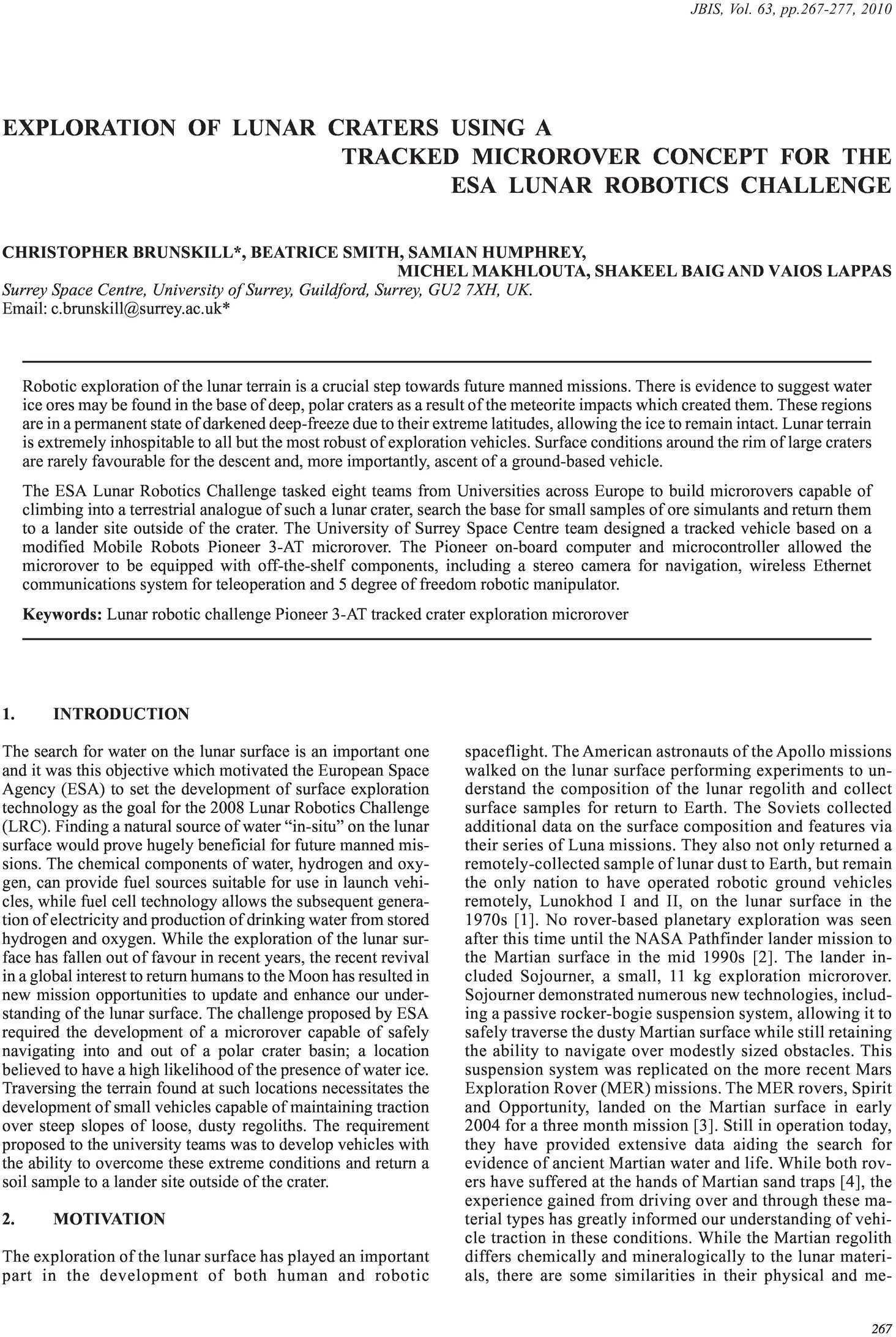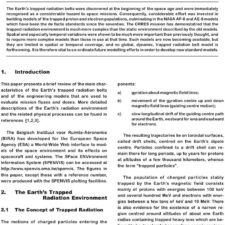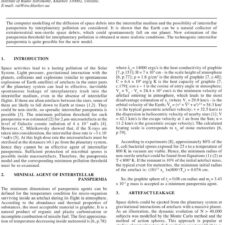Exploration of Lunar Craters using a Tracked Microrover Concept for the ESA Robotics Challenge
£5.00
C. Brunskill et al. (2010), JBIS, 63, pp.267-277
Refcode: 2010.63.267
Keywords: Lunar robotic challenge Pioneer 3-AT tracked crater exploration microrover
Abstract:
Robotic exploration of the lunar terrain is a crucial step towards future manned missions. There is evidence to suggest water ice ores may be found in the base of deep, polar craters as a result of the meteorite impacts which created them. These regions are in a permanent state of darkened deep-freeze due to their extreme latitudes, allowing the ice to remain intact. Lunar terrain is extremely inhospitable to all but the most robust of exploration vehicles. Surface conditions around the rim of large craters are rarely favourable for the descent and, more importantly, ascent of a ground-based vehicle.
The ESA Lunar Robotics Challenge tasked eight teams from Universities across Europe to build microrovers capable of climbing into a terrestrial analogue of such a lunar crater, search the base for small samples of ore simulants and return them to a lander site outside of the crater. The University of Surrey Space Centre team designed a tracked vehicle based on a modified Mobile Robots Pioneer 3-AT microrover. The Pioneer on-board computer and microcontroller allowed the microrover to be equipped with off-the-shelf components, including a stereo camera for navigation, wireless Ethernet communications system for teleoperation and 5 degree of freedom robotic manipulator.





